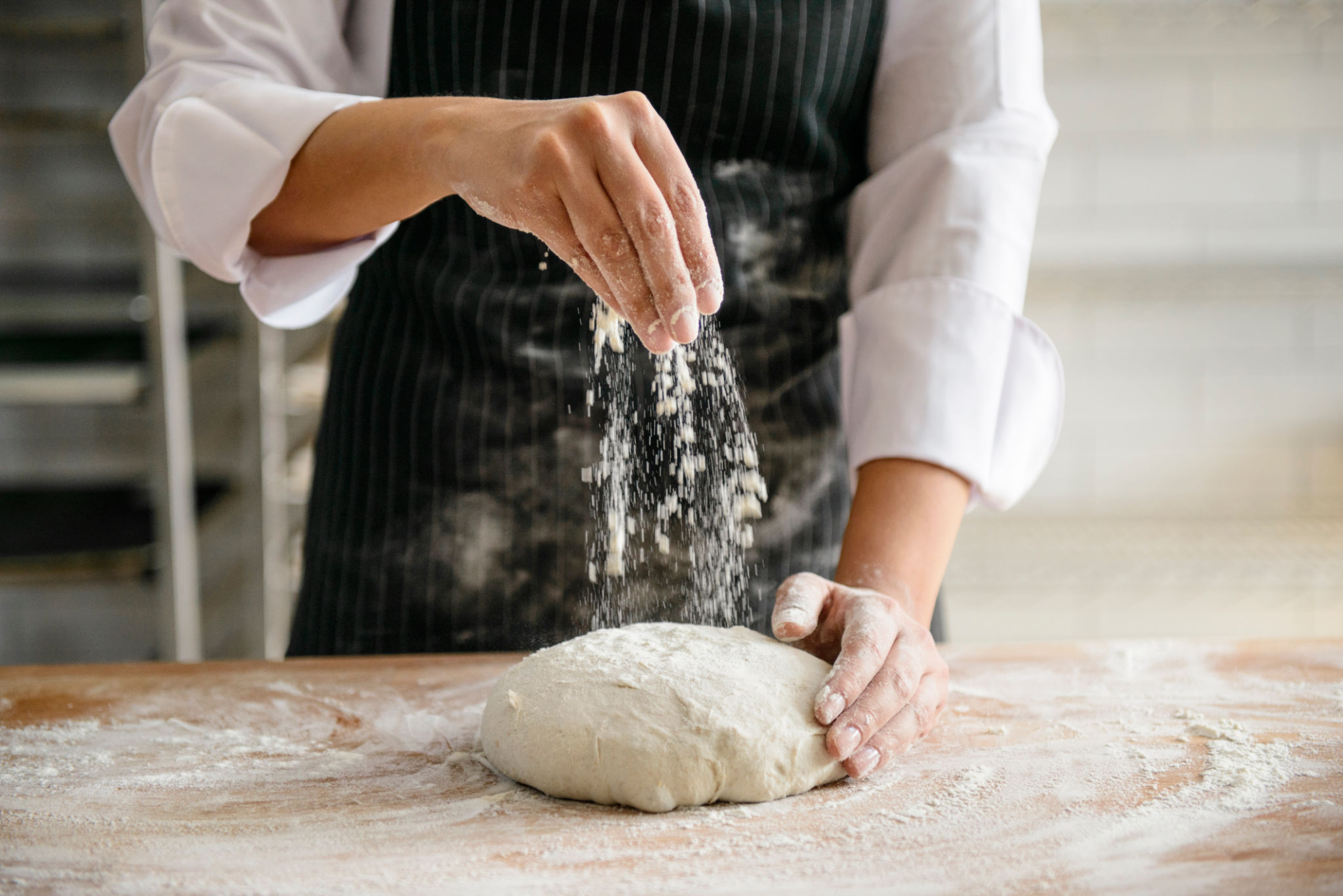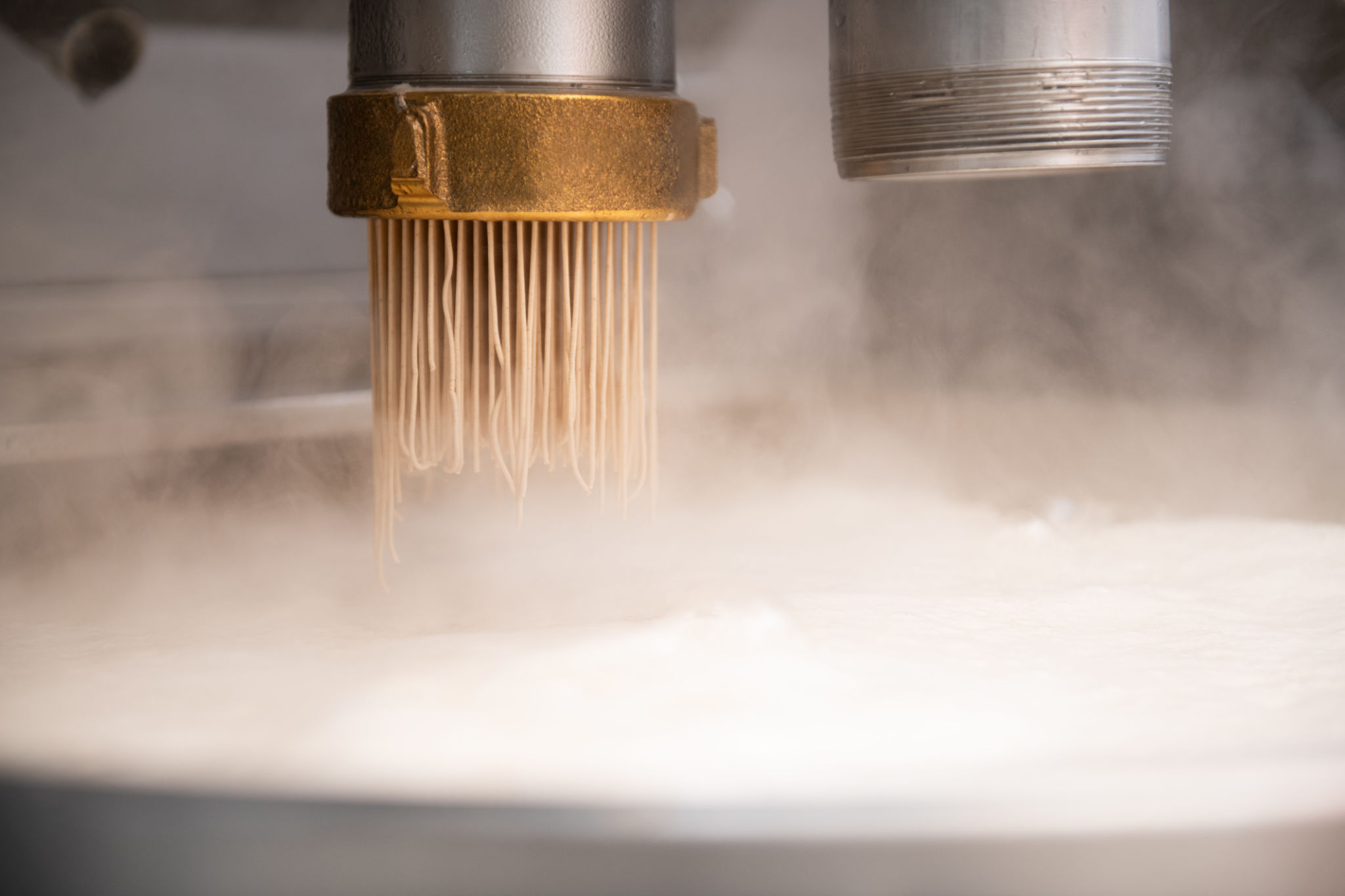Latest Innovations in Pasta Making: Trends to Watch
Artisanal Pasta Making: A Return to Tradition
The world of pasta is experiencing a renaissance, with artisans returning to traditional methods that emphasize quality and authenticity. This trend is marked by a resurgence in small-scale pasta makers who are dedicated to crafting pasta by hand, using age-old techniques passed down through generations. This approach highlights the importance of texture and flavor, bringing a depth of taste that mass-produced pasta often lacks.

Innovative Ingredients: Beyond Wheat
While traditional wheat-based pasta remains a staple, the desire for dietary diversity and nutritional enhancements has led to the exploration of alternative ingredients. Today, pasta made from chickpeas, lentils, and quinoa is becoming increasingly popular. These alternatives not only offer unique flavors but also cater to gluten-free diets and those looking for higher protein and fiber content.
Moreover, vegetable-infused pastas, such as those made with spinach or beetroot, are gaining traction for their vibrant colors and added nutrients. This innovation in ingredients is opening up new avenues for creativity in pasta dishes.
Technology in Pasta Production
The integration of technology in pasta production has led to improved efficiency and precision. Modern pasta machines equipped with advanced sensors and controls ensure consistent quality and texture. These machines allow for precise control over factors like temperature and humidity, which are crucial in the drying process.

Furthermore, 3D printing technology is making waves in the pasta industry. With 3D printers, chefs and home cooks can create intricate designs and personalized pasta shapes that were previously impossible to achieve by hand, pushing the boundaries of culinary creativity.
Sustainability and Eco-Friendly Practices
As consumers become more environmentally conscious, sustainability has become a key focus in pasta making. Many producers are adopting eco-friendly practices such as using biodegradable packaging and sourcing ingredients from sustainable farms. Additionally, efforts are being made to reduce water usage and waste during production.
Some innovative companies are even exploring the use of insects as a sustainable protein source for pasta. Although still a niche market, this approach highlights the potential for environmentally friendly alternatives in the food industry.

Fusion Flavors: Blending Culinary Cultures
The global culinary landscape is becoming increasingly interconnected, leading to exciting fusion flavors in pasta dishes. Chefs are experimenting with combining traditional Italian techniques with flavors from around the world. For example, Asian-inspired flavors like soy sauce and sesame oil are being used to create unique pasta sauces, offering a fresh twist on classic dishes.
This trend not only broadens the appeal of pasta but also encourages cultural exchange through cuisine, inviting diners to experience global flavors in a familiar format.
The Future of Pasta: What Lies Ahead
Looking forward, the future of pasta making seems bright and full of possibilities. As consumer preferences continue to evolve, we can expect to see further innovations in both ingredients and processes. The rise of plant-based diets is likely to inspire new plant-based pasta varieties, while advancements in technology will continue to refine production techniques.

Ultimately, the latest innovations in pasta making demonstrate a commitment to honoring tradition while embracing change. Whether it's through artisanal craftsmanship or technological advancements, the world of pasta is poised for exciting developments that will delight food enthusiasts everywhere.